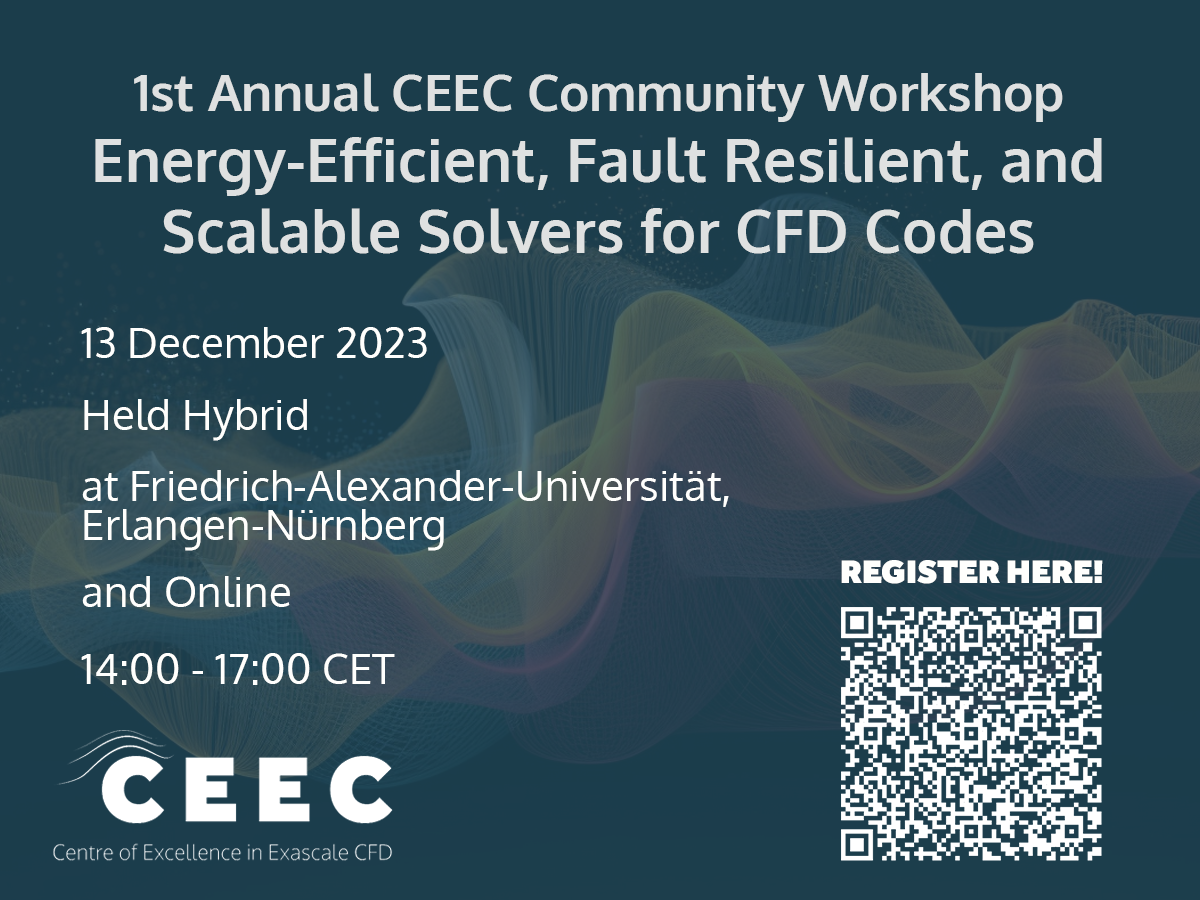Recent trends and advancements including more diverse and heterogeneous hardware in High-Performance Computing are challenging scientific software developers in their pursuit of good performance and efficient numerical methods. As a result, the well-known maxim “software outlives hardware” may no longer necessarily hold true, and researchers are today forced to re-factor their codes to leverage these powerful new heterogeneous systems. We present Neko – a portable framework for high-fidelity spectral element flow simulations. Unlike prior works, Neko adopts a modern object-oriented Fortran 2008 approach, allowing multi-tier abstractions of the solver stack and facilitating various hard- ware backends ranging from general-purpose processors, accelerators down to exotic vector processors and Field Programmable Gate Arrays (FPGAs) via Neko’s device abstraction layer. Focusing on Neko’s performance and exascale readiness, we outline the optimisation and algorithmic work necessary to ensure scalability and performance portability across a wide range of platforms. Finally, we present performance measurements on a wide range of accelerated computing platforms, including the EuroHPC pre-exascale systems LUMI and Leonardo, where Neko achieves excellent parallel efficiency for an extreme-scale direct numerical simulation (DNS) of turbulent thermal convection using up to 80% of the entire LUMI supercomputer.


